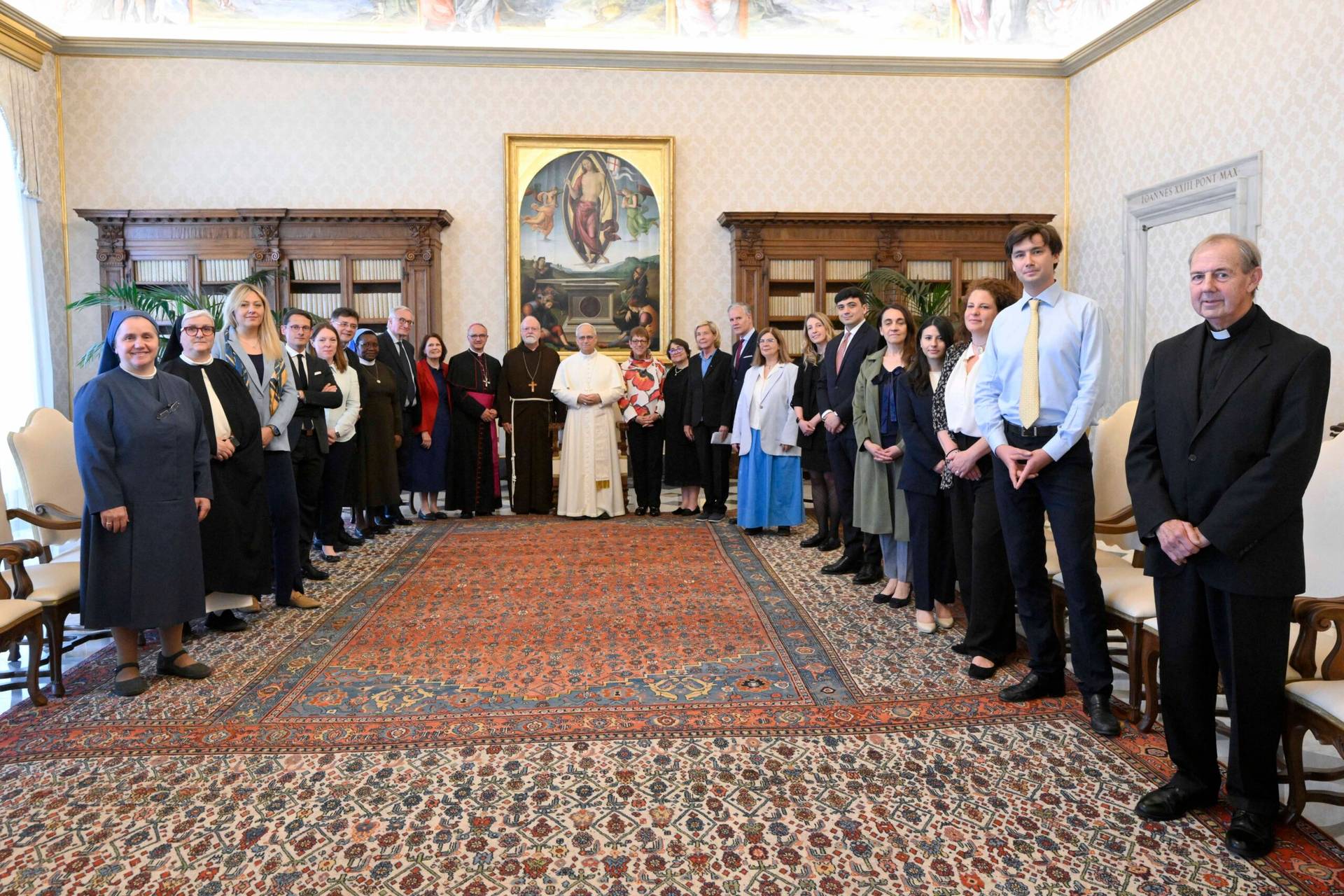ROME – When a news cycle goes supernova, generally developments come far too fast and furious for anyone really to absorb them in anything other than bite-size, superficial form. Over just the last 72 hours, there have been at least three new twists to the clerical sexual abuse scandals once again rocking the global Church.
- In Chile, the Archdiocese of Santiago announced that Cristian Precht Bañados, a onetime national hero for his role as a human rights advocate and voice of the people during the Pinochet years, has been expelled from the priesthood by Pope Francis. Precht previously had been suspended from 2012 to 2017 after a Vatican probe concluded he was guilty of abusing both minors and adults. He was then briefly reinstated, only to be definitively returned to the lay state.
- In Germany, a new report commissioned by the Catholic Church and entrusted to three universities found that 3,677 people had been abused by clergy between 1946 and 2014. According to media reports, more than half of the victims were 13 or younger and most were boys. (969 abuse victims included in the study were altar boys at the time of the incident.) Every sixth case involved rape, and at least 1,670 clergy were involved, according to the same reports.
- In the Netherlands, a new report on sexual abuse claims over half of the bishops in the country from 1945-2010 were involved in either covering up abuse or abusing children themselves. The NRC Handelsbladreport claims 20 of 39 bishops during the period are implicated in at least covering up abuse, with four auxiliary bishops suspected of abusing minors themselves. In a response published on its website, the Dutch bishops’ conference noted that most of the accusations stemmed from a years-old report commissioned by the conference itself, and the majority of cases were decades old and involved alleged perpetrators who were already deceased.
While all of these storylines merit being examined in detail in order to extract their full significance, here’s a brief reflection on at least one take-away from each.
On the Precht situation in Chile, it’s striking that many people are comparing him to the figure who, heretofore anyway, had been considered the country’s most notorious predator priest, Father Fernando Karadima. Both were men who moved among the social elites, and both had vast influence on forming other priests and even some bishops within their circles of influence.
The difference, however, is that Karadima was seen as socially and politically conservative, while Precht’s allegiances were on the left.
If nothing else, what that juxtaposition would appear to confirm is a truth that should already be blindingly clear: Clerical abuse is not an ideological issue. Being “orthodox” is no more of a guarantee against misconduct than being “progressive.”
Another take-away from the Precht case is the lesson that simply imposing punishment for the abuse, though obviously essential, doesn’t completely solve the problem. There’s still the nagging question of how in the world he was able to be reinstated after an initial finding of guilt, something that’s theoretically supposed to be impossible, and who might have been involved in that decision.
Justice, in other words, is a necessary element for healing, but not always sufficient – there’s also the matter of truth.
In terms of the German report, what most Americans will notice immediately is how reminiscent it is in some ways of the Pennsylvania grand jury report in August, which also cited a similar number of child victims over a comparable span of time.
Assuming there are no factors which would suggest clerical sexual abuse is any more pronounced in either Pennsylvania or Germany than anywhere else, the likely conclusion is that a detailed examination of the past in virtually any jurisdiction will produce the same sort of results. Given that several other American states already have announced plans for their own grand jury investigations, the great likelihood is that the Catholic Church will be living with these sorts of revelations for years to come.
Anyone in Church leadership today who isn’t readying their parish, diocese, organization or movement for this sort of exposure, in other words, arguably is committing managerial malfeasance.
Finally on the Netherlands, it’s a story that puts the accent where many observers believe it needs to be these days – the cover-up, every bit as much as the crime.
Most observers are not going to give the Church anything like a passing grade on recovery unless, and until, Pope Francis and his Vatican team issue a clear procedure for investigating accusations of episcopal negligence in handling abuse claims, and firm sanctions to be imposed when those accusations are found to have merit.
One might be tempted to suggest that these points would provide good grist for the mill when Francis convenes an unusual gathering of the presidents of all the bishops’ conferences in the world in February on the theme of child protection. If nothing else, they certainly ought to draw the conclusion that this is indisputably a global problem to which no one is immune.
Between now and February, however, it actually boggles the mind to consider how many other new twists in this saga may have come and gone – and where they all may have left us by then.















